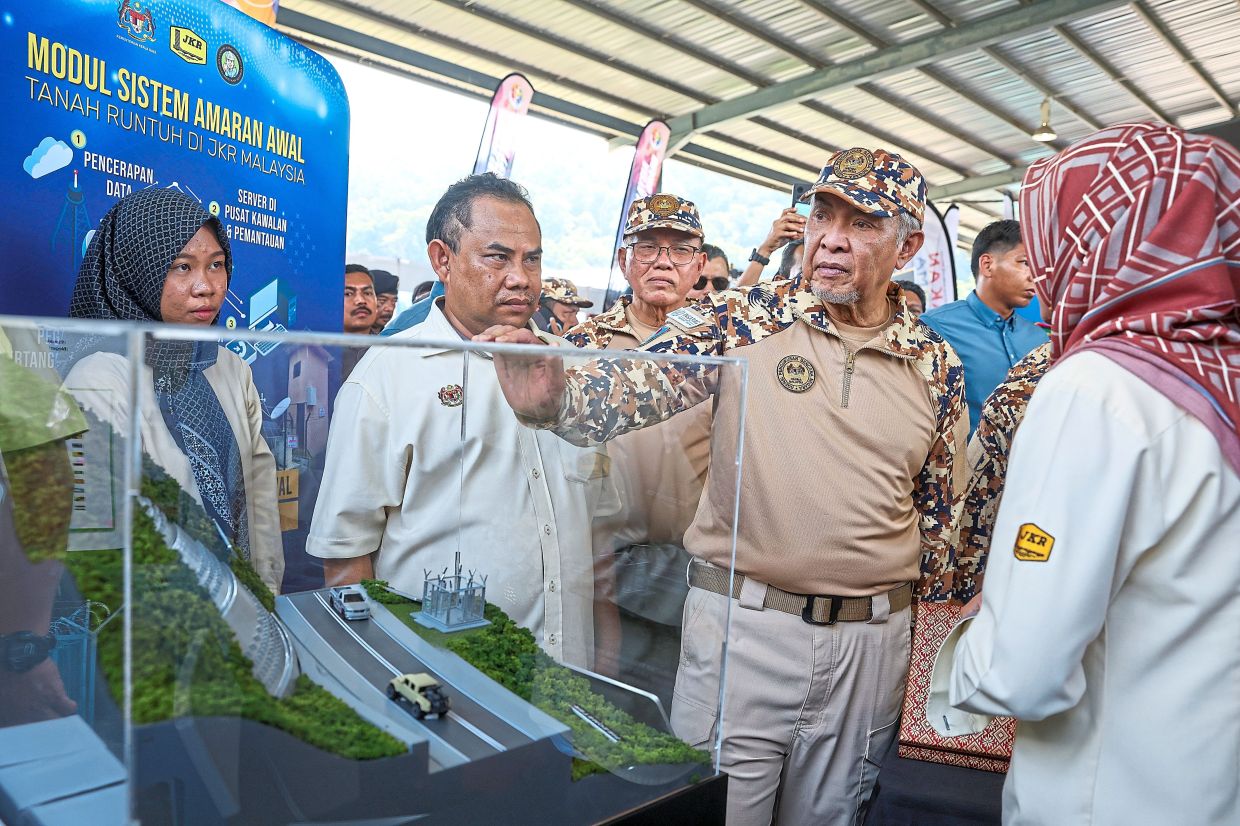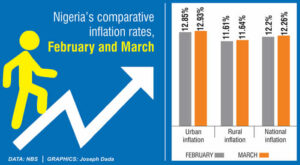JERANTUT: Malaysia has emerged as a global benchmark in disaster management, thanks to a decade of structured training, inter-agency collaboration and strategic leadership, says Datuk Seri Dr Ahmad Zahid Hamidi.
The Deputy Prime Minister said this achievement is the result of collective efforts, particularly by the National Disaster Management Agency (Nadma), which has also played an active role in international humanitarian missions.
“What is even more impressive is that Malaysia’s capabilities are now recognised internationally; even Russia has come to learn from us,” he said when launching the National Preparedness Month 2025, Bernama reported.
The Deputy Prime Minister said disaster operations control centres will be activated ahead of schedule to ensure effective monitoring and coordination before the northeast monsoon begins early November.
He said the move follows the Malaysian Meteorological Department’s (MetMalaysia) forecast that the upcoming monsoon season, which is expected to last until the end of March 2026, will be influenced by a weak La Nina phenomenon.
“This condition could result in between five and seven episodes of continuous heavy rain, surpassing the usual average of five per season,” he said.
According to the forecast, Sabah is expected to receive above-average rainfall from next month until February 2026, while peak rainfall is anticipated in December in Kelantan, Terengganu, Pahang, Johor, Sarawak and Sabah.
“The risk of major floods will increase if persistent rain coincides with high tide events. MetMalaysia will issue continuous rain warnings at least three days in advance to enable swift response measures,” he said.
On mitigation efforts, Ahmad Zahid said the Irrigation and Drainage Department has reported a significant reduction in flood hotspots, from 4,619 locations last year to 3,683 this year.
“This positive development is the result of ongoing government flood mitigation projects. However, continued commitment from state governments is essential to ensure flood prevention efforts are implemented effectively,” he said.
Ahmad Zahid highlighted that 34 high-risk critical slopes across the country are now equipped with early warning systems for geological disasters, such as landslides.
“I have mandated the Minerals and Geoscience Department to act as the national coordinator for monitoring high-risk slopes and to work closely with other government agencies and private sector partners,” he added.



